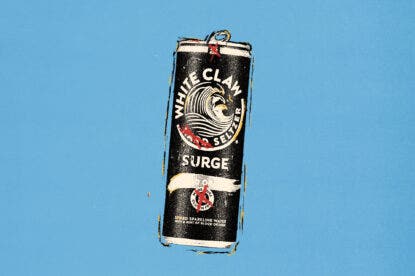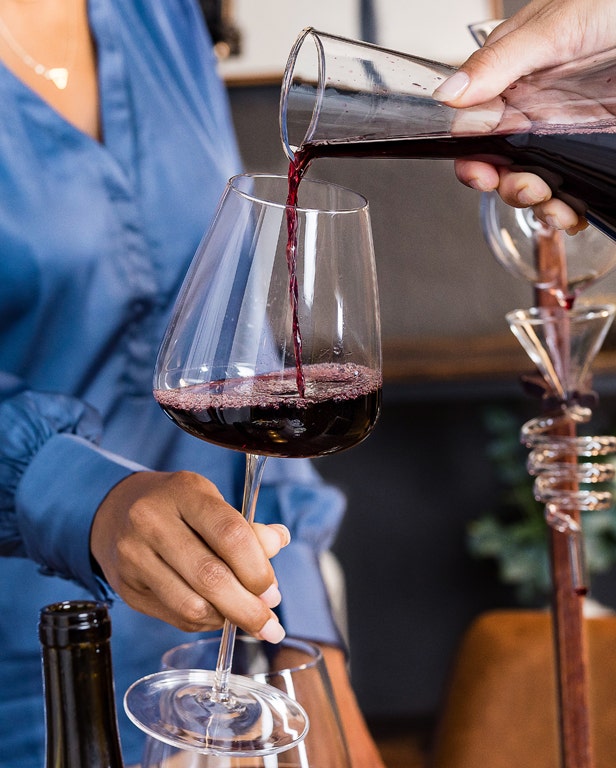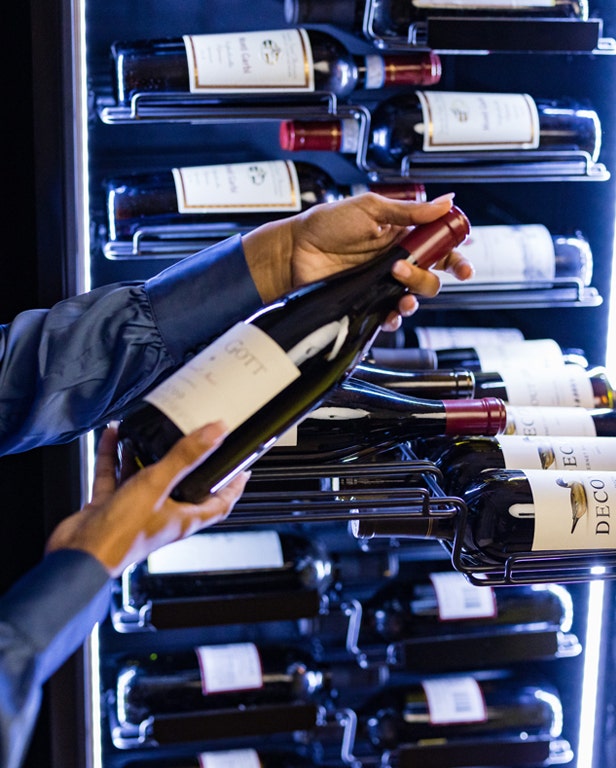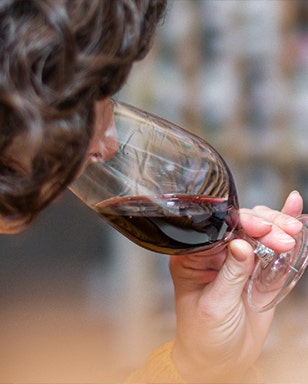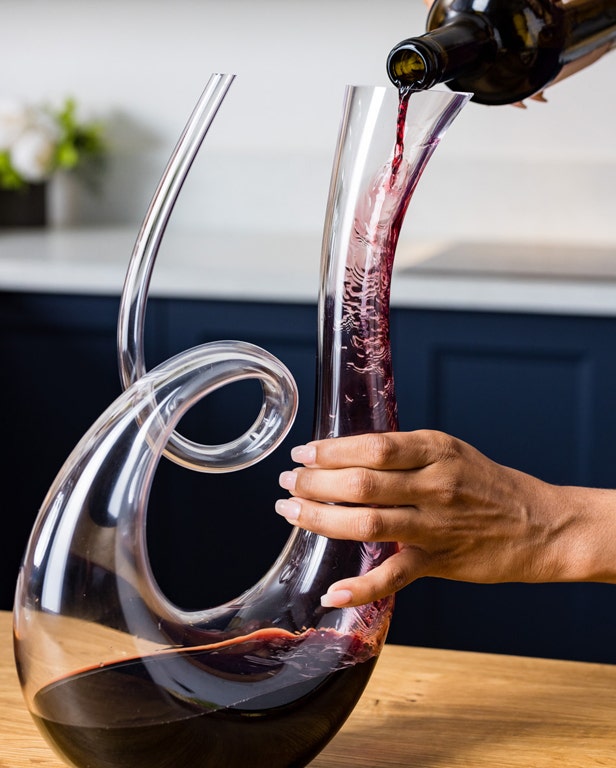In Silicon Valley Bank’s recently-released 2024 State of the Wine Industry Report, Rob McMillan, EVP and founder of the Wine Division, prefaced the data with a quote from Charles Darwin. “It is not the strongest of the species that survives, not the most intelligent that survives. It is the one that is the most adaptable to change.”
“Change” is a central word in this year’s findings. According to the report, a comprehensive summation of research by SVB bolstered by data collected from over 500 American wineries, the wine industry continues to face dire sales, overproduction, changing market dynamics and a worrying lack of interest from young adults.
These pain points are reflected in sales. Last year—for the third year in a row—the volume of wine sold decreased (down by 2 to 4%) and that negative downtrend is expected to continue into 2024. In fact, for the first time in 45 years, experts anticipate that the volume of spirits sold will surpass the wine market next year.
You May Also Like: What First Citizens Bank’s Acquisition of SVB Assets Means for Its Wine Division
Value sales (the dollar amount paid and perceived value of these wines) were equally low—with virtually no growth over the course of 2023. These numbers have been leading many to feel pessimistic about the state of the industry. The Wine Industry Sentiment Index noted moods are low; the weakest they have been in the last five years.
Despite the numbers, McMillan hopes the findings of this year’s report are a catalyst for change. “We are being presented with the opportunity to adapt,” he told Wine Enthusiast. “And if we look at the information clearly we should have a pretty good idea on how to do that.”
Less Consumption and Overproduction
The results reflect the trend of previous years: People aren’t drinking as much wine. Though 58% of consumers over 65 prefer wine over any other alcoholic beverage, that percentage was far lower for every other demographic. Around 30% of drinkers surveyed in every age-range under retirement age said they would be likely to bring wine to share at a party.
As the 65-plus drinkers continue to age, they’re being replaced by consumers who just aren’t enamored with wine. They drink beer in some situations and wine in others. They start the night with cans of ready-to-drink cocktails and end the night with cannabis.
This year’s SVB report found the industry isn’t pivoting to make up for the decline in demand and, as a result, inventory and sales are at odds. While total wine consumption is decreasing, wholesale inventories are ballooning.
In 2019, the wine industry was plagued by an acute oversupply. Soon after, though, stay-at-home drinkers stocking up for lockdowns paired with devastating wildfires and the other climate challenges of that vintage helped to limit supply of new stock.
You May Also Like: As the British Wine Industry Booms, Some Worry About Oversupply
But by 2023, that somewhat balanced supply had overcorrected its course. The inventory-to-sales ratio reached 1.71%, meaning that for every $1 of wine sold, $1.71 worth of inventory was sitting in warehouses. SVB expects this oversupply to linger through the next calendar year. With retailers already spending less on new stock due to a plethora of existing inventory, there’s little demand and few traditional destinations for those excess bottles.
This challenge is partially fueled by an oversupply of planted vineyards in both California and Washington. These vineyards are producing more wine than demand can handle—and retailers can’t keep up. But this glut of wine is not unique to the United States. Last year, France spent 200 million euros to destroy surplus wine and a further 57 million euros to tear out 9,500 hectares of vines in the Bordeaux region.
According to McMillan, the industry isn’t set up to address this deluge of bottles that are ready for market. Winemaking is largely the product of reaping what Mother Nature sows, he notes. If you have a fruitful year, it feels wasteful to leave grapes that have ripened well on the vine, especially after vintages marked by fire.
But overproduction leads to an excess of inventory and price reductions for out-of-favor brands—things need to shift. “I expect marginal producers to fall by the wayside,” says McMillan. “It’s how we’ll get demand and supply back in balance.”
The Weak State of Tasting Rooms
What’s also fueling this drop in sales is the reduction in visitors to wineries and other direct-to-consumer, brick-and-mortar destinations. Tasting rooms have long been an ideal avenue for brands to reach new customers. After a good glass or tour in situ—often fueled by a hearty buzz—consumers will sign up for wine clubs or email lists and keep building that connection.
But tasting rooms have been a weak point for wineries over the last five years. When 2020 shuttered almost every tasting room, owners were left clamoring for a way resolve the huge drop in sales they experienced.
You May Also Like: Winery Tasting Rooms are Changing, and Some Say They’re Never Going Back
The downtrend continued through 2023. It was the second consecutive year that summer traffic in tasting rooms declined. The average order placed in tasting rooms stayed stagnant, so there was no additional revenue to make up for the lack of wine tourism.
McMillan isn’t too concerned about the fate of tasting rooms in the long-term, though. While he found “revenge travel” (a.k.a. the post-pandemic need to get abroad) sent guests to more far-flung locales in recent years, he predicts visitors will return to domestic wine tourism as that pent-up urge mellows out. “But Covid-19 flagged tasting rooms as a huge weakness,” says McMillan. “I’m not saying that a pandemic will happen again, but it pointed out that it doesn’t make sense to have consumers travel to you. We have to move away from the tasting-room model as the sole source for gathering club members.”

Consumers Are Changing
Improvement in visits to tasting rooms, sales value and volume will largely rely on the industry’s ability to welcome new drinkers. The report flagged that fewer U.S. consumers consider wine their preferred beverage—Gen Z, millennials and other under-65 consumers are drinking across categories, purchasing beer, spirits, cannabis and wine. The industry needs to bring them back into the fold.
But the youngest consumers, Gen Z, are barely spending any money on alcohol. According to the Bureau of Labor Statistics Consumer Expenditure Survey, in the year 2000, spending by drinkers under 25 started to shift away from alcohol to other goods and services.
You May Also Like: Is Alcohol the New Tobacco?
“Gen Z are just consuming less alcohol than their predecessors,” says McMillan. “Abstinence is playing a huge role in decreased volume consumption.” He notes that the World Health Organization’s efforts to denormalize alcohol aren’t helping either. Last January, the WHO announced that no level of alcohol consumption—not even a glass of wine with dinner—is safe for our health.
McMillan hopes that “we recapture the notion that if you are going to drink, wine is a better beverage than other categories,” he says. “That’s a message the wine industry has lost. People forget we’re largely a family-made industry. We’re an industry of agriculture, history and culture—we have a space in the ecosphere.”
Integrating A.I.
Because the culture of wine is so deep and entrenched, another challenge the report puts forward is how to meet younger consumers without isolating older, core customers. After all, these individuals are the established fans who buy their bottles by the case.
“People are throwing spaghetti against the walls trying to meet new consumers,” says Jennifer Locke, CEO Crimson Wine Group, on SVB’s live webinar. “If I make a $65 Cabernet, why am I going to try to make a new $10 canned wine? That doesn’t make sense to my core consumer. I’m not saying you shouldn’t adapt, but people need to understand who you are and what you stand for.”
Realistically, there are no one-size-fits-all salves for changing consumer needs: A winery can’t just release a more youthful wine or format. “It’s not just attracting new consumers—it’s finding the right product for the right person,” agreed McMillan.
You May Also Like: A.I. Can Identify Wine 100% of the Time. What Now?
SVB suggests one avenue for adapting: embracing data. Out of the 500 wineries surveyed for the 2024 report, only 30% use active data in marketing, and 24% leverage active data in distributor sales. Just over 21% of wineries surveyed noted they were interested in advanced analytics and A.I. but felt lost, while 19.56% were beginning to discuss adopting analytics. Only 24% understand the topic of A.I. and advanced analytics, but still are interested in pursuing analytics further.
“The reality is that data has been moving along at a quick pace for quite some time,” says McMillan. “Chat GPT brought that news and technology to the forefront.” But there’s more opportunity for the wine industry to harness A.I. to deliver better and newer insights. “For instance, if you’re curious about whether you have restaurant coverage or club members in a certain region, you can utilize A.I.we to analyze different pockets of the United States,” he adds. “In the future, a winery can look at those regions and understand exactly what it’s going to cost to invest and build in that region.”
In the webinar, panelist Paul Mabray noted that “data isn’t just a marketing expense anymore. It’s part of growing your business.” That said, he points out that digital transformation is challenging. “It takes a lot of dedicated thinking.”

Looking to the Future
SVB presents two operative solutions. The first is for the industry to collaborate further with peers to share knowledge and expand marketing to new consumers, outlets and occasions.
The second is to be more effective and efficient as individual wineries by adapting to the shifting consumer climate. “We either work together to create a resonant message that positively influences consumption, or we use whatever means we have to increase efficiency in production, grape growing and marketing,” McMillan states in the report.
You May Also Like: 13 Things Millennial and Gen Z Wine Pros Say Will Reach Young Drinkers
In spite of the bleak numbers, he is hopeful. Wine’s current downfall does mirror a period in late ‘80s when U.S. table wine entered a seven-year period of decline at the hand of health concerns, drunk-driving issues and seismic consumer changes. The industry recovered.
“There’s a lot of work to do to regain the position that we had in the ‘90s and early 2000s, but there are opportunities,” says McMillan. He believes that for the wineries willing to adapt and evolve over the coming decade, there are paths to success. However, those who are sitting around waiting for millennials and new generations to change their more tepid drinking habits may fizzle out. “I think you relegate yourself to poor performance if you just wait to change,” he adds.
The big takeaway: It’s time for the wine industry to adjust to changing consumer preferences and the current realities of the supply chain. “We all will have to adapt,” he concludes. “Hope is not a strategy.”
Published: January 19, 2024





